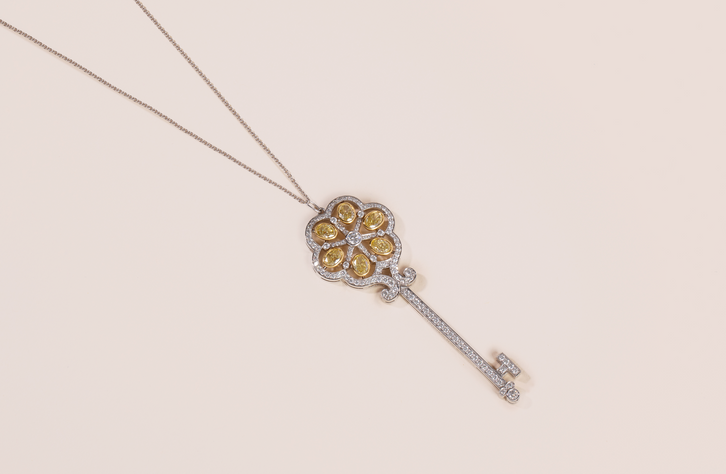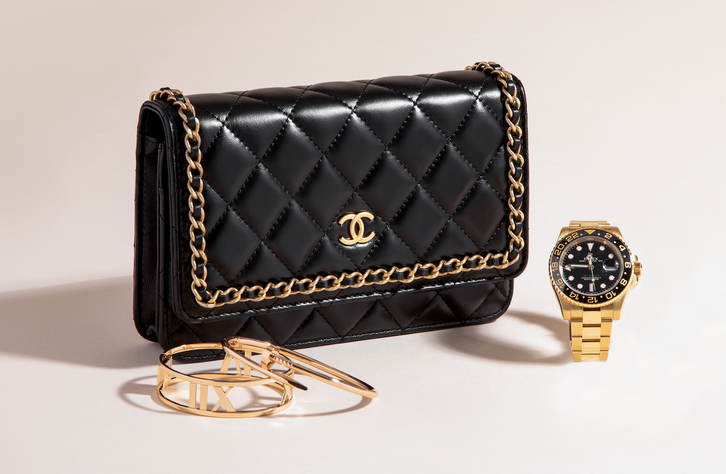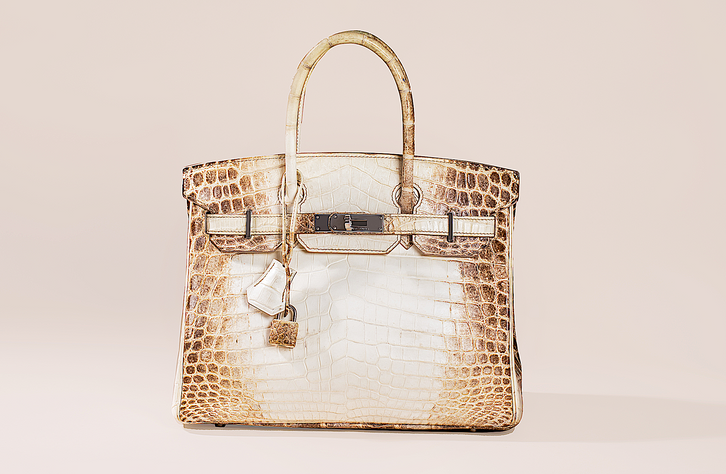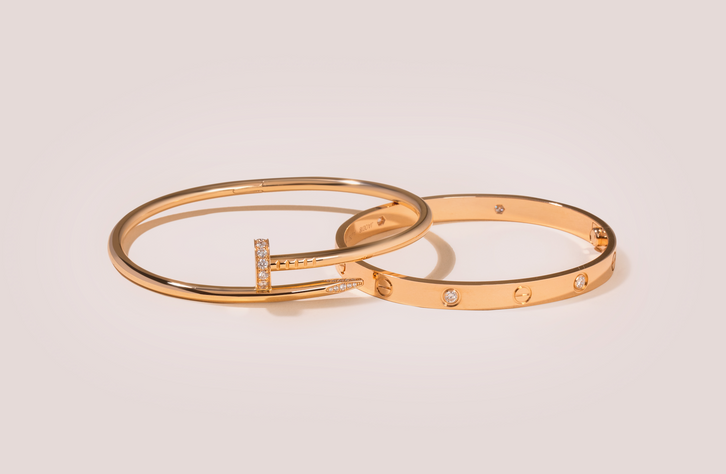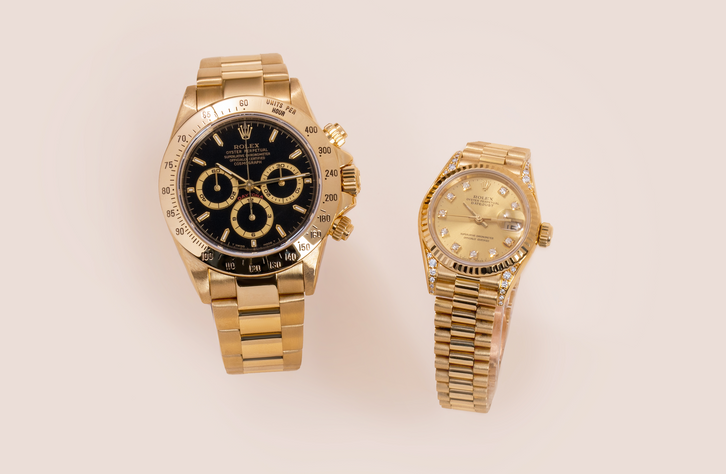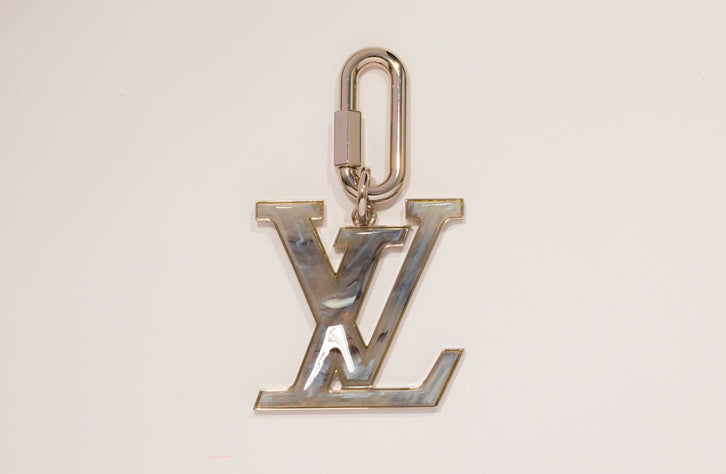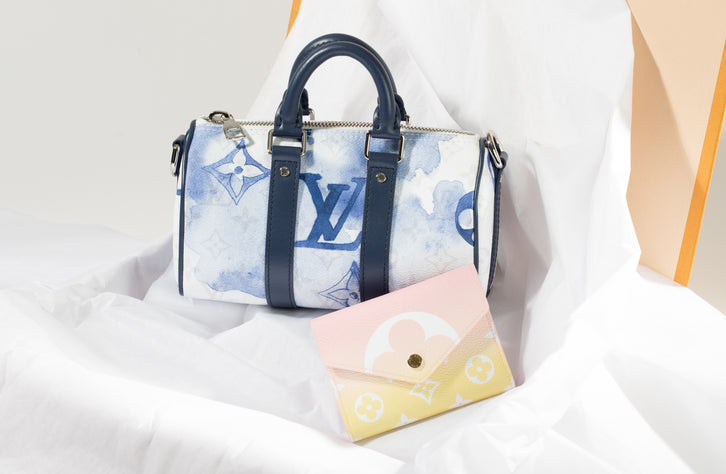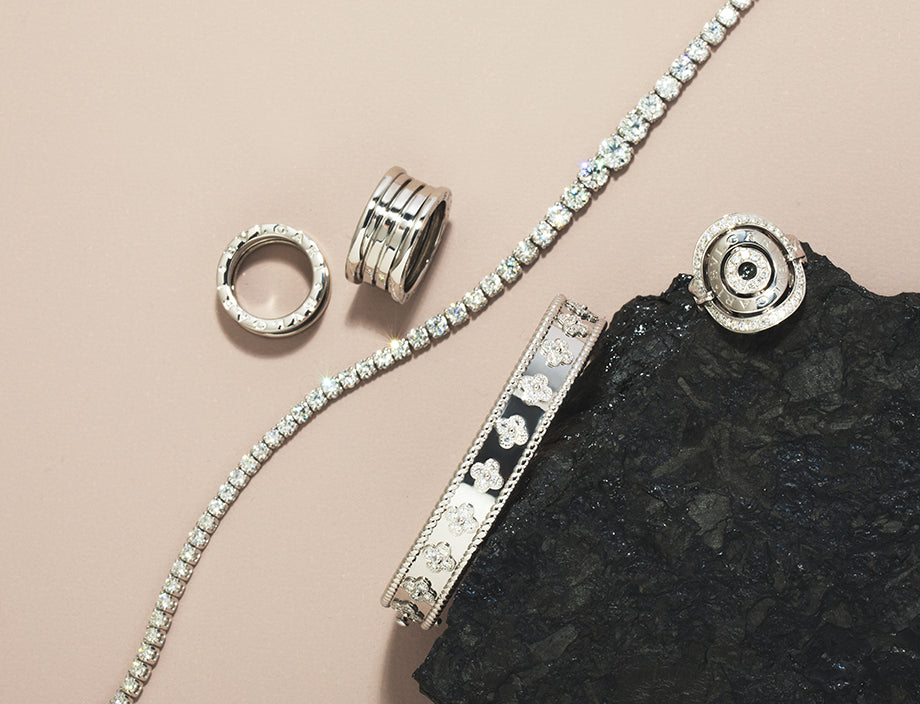Handbag Storage Guide: Securing Your Personal Treasure
Properly storing your designer handbags when they are not in use will help preserve and lengthen their lifespan, so you (or someone else) can enjoy them for many years to come! Read our luxury handbag storage guide for our top tips!
Downsize: Remove Accessories
Certain handbags will include accessories; these should be removed and placed on the inside of the bag (or box if applicable). This will ensure that everything remains with the bag intact. Accessories will vary depending on designer and style. They may also include their own storage containers (boxes, or dust bags). Examples and how to care for them may include:
Clochette: A Clochette is essentially a leather fob that includes a lock and keys. It should be put in the appropriate dust bag or properly secured in Bubble Wrap or Tissue Paper and placed in the interior pocket or main compartment.
Key Chain: Removable Key Chains or Charms should be put in the appropriate dust bag or properly wrapped in Bubble Wrap or Tissue Paper and placed in the interior pocket or main compartment.
Removable Chains or Straps: Removable chains or straps should be put in the appropriate dust bag or properly wrapped in Bubble Wrap or Tissue Paper and placed in the interior pocket or the main compartment.
Stuff It: Keeping The Shape
Stuffing your bag will help it retain its original shape while not in use. Over time bags can become misshapen, especially those constructed in heavy leathers or with slouchy silhouettes. There are a few different remedies for this:
- Bubble Wrap: Clean/Fresh Bubble Wrap can be folded or rolled and placed in the main compartment of the handbag, especially vintage handbags.
- Tissue Paper: It’s best to use plain, acid-free tissue paper, to avoid any chance of bleeding. This can be folded or rolled in a shape best-fitted for the bag.
- Shapers: There are specific handbag-shaped “pillows” or “shapers” that are available to use as Stuffing. These are ideal for single-compartment handbags, or those that have been precisely measured.
- What to Avoid: Stuff with caution: Over-stuffing can stretch the material, potentially damage the closures or interior, and alter the overall shape of the bag.
Protecting The Goods: Chains, Straps, and Hardware
Chains or straps that can’t be removed can still be protected and properly secured; leaving them vulnerable can cause damage to the exterior of the bag. Felt Protectors that often come with bags aim to guard against clasp and plaque damage.
- Chains: Wrap in Bubble Wrap or Tissue Paper to protect from rubbing against the exterior which can leave indentations and tarnish the bag.
- Handles: Short or Structured handles can be left outside of the bag (either upright or down) depending on the style of the bag.
- Straps: Longer straps or handles can be tucked inside the bag to keep them protected. Securing them with Bubble Wrap or Tissue Paper is recommended.
- Hardware: Certain bags include Felt Protectors, which can be placed across the front of bags to help protect clasps and plaques.
Cover Up: Dust Bags and Boxes
Most luxury handbags include a branded dust bag and/or box. If not, generic ones can easily be procured. They are the best things you can invest in to protect your handbags.
Dust Bags: If your handbag came with a cloth dust bag, place the bag inside and secure before storing. Otherwise, purchasing a generic cloth dust bag or using a plain, cotton pillowcase will do the job. The main goal is to protect the handbag from discoloration, dust, wear, and tear.
Boxes: If your handbag came in a box, it’s safe to assume that it’s the perfect fit for your bag. After placing it in a dust bug, store it in the box. Storing in the box will help protect it from most types of damage.
The Handbag Store: Storing Your Bags
How and Where you store your handbags is just as important as the preparation that goes into storing them. We recommend the following:
- Check Your Temperature: Damp or humid environments can cause damage to the material and even spur the growth of mold. Store your bags in a temperature-controlled space.
- Boxed In: If the handbag came with a box (or you were able to procure one) place inside the box; this will take care of most of the protection.
- The Upside: Store vertically; handbags were meant to be on display and prefer to be standing up, even if they are hidden. This will allow them to retain their shape.
- Location, Location, Location: Storing on a flat surface (whether it’s a cubby or shelf), will allow the handbag to retain its shape; just ensure it’s properly spaced from other handbags to avoid crowding or transfer of any kind.
